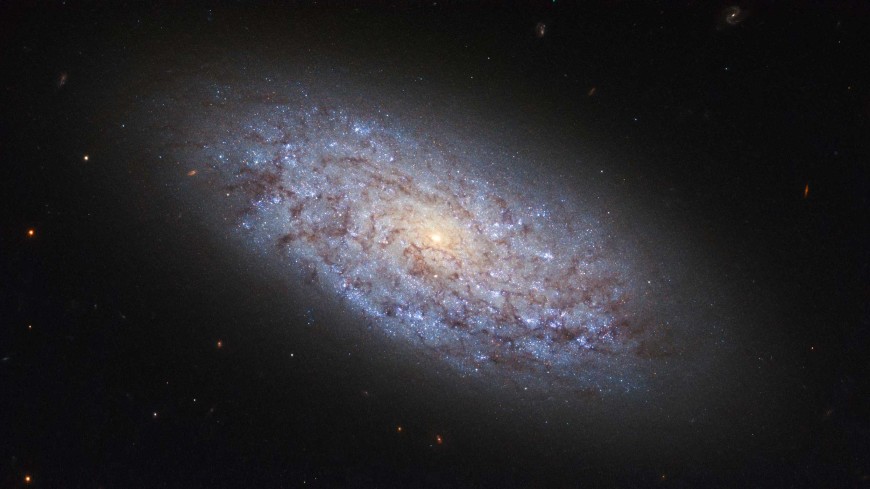GOVERNMENT
German astrophysicists succeed in gaining new insight into the origin of the elements
Europium is the key for understanding the formation of the heavy elements by the fast neutron capture process, the so-called r-process. This is crucial both for the formation of half of the elements heavier than iron and for the total abundance of thorium and uranium in the universe. The EUROPIUM group has combined theoretical astrophysical simulations with observations of the oldest stars in our Galaxy and in dwarf galaxies. The latter are small, dark-matter-dominated galaxies orbiting our Galaxy. Dwarf galaxies are excellent test objects for studying the r-process, as some of the oldest metal-poor stars, those that have existed for 10 to 13 billion years, have exhibited an overabundance of r-process elements. Studies have even postulated that only a single neutron-rich event could be responsible for this enrichment in the smallest dwarf galaxies. 
With their discovery, the researchers in Darmstadt and Heidelberg have succeeded in determining the highest europium content ever observed – and they have created a new name for these stars: "europium stars". These stars belong to the dwarf galaxy Fornax – a dwarf spheroidal galaxy with high stellar content. In their publication, the group also reports the first-ever observation of lutetium in a dwarf galaxy and the largest sample of observed zirconium.
The "europium stars" in Fornax were born shortly after an explosive production of heavy elements. Based on the high stellar metal abundance, the extreme r-process event must have occurred as recently as four to five billion years ago. This is a very rare finding, as most europium-rich stars are much older. Therefore, europium stars provide insight into the origin of elements in the universe at a very specific and late time.
Heavy elements are formed by the r-process in the merger of two neutron stars or in the explosive end of massive stars with strong magnetic fields. The EUROPIUM group has analyzed these two high-energy events and performed detailed studies of element production in these environments. However, due to the still large uncertainties in the nuclear physics data, it is not possible to unambiguously assign the heavy elements in the "europium stars" to one of these astrophysical environments. Future experiments in the new accelerator center FAIR at the GSI Helmholtzzentrum für Schwerionenforschung in Darmstadt will significantly reduce these uncertainties.
In addition, the new Hessian cluster project ELEMENTS, in which Professor Arcones is a principal investigator, will uniquely combine supercomputer simulations of neutron star fusion, nucleosynthesis calculations with the latest experimental information and observations to investigate the long-standing question: Where and how are heavy elements produced in the universe?
